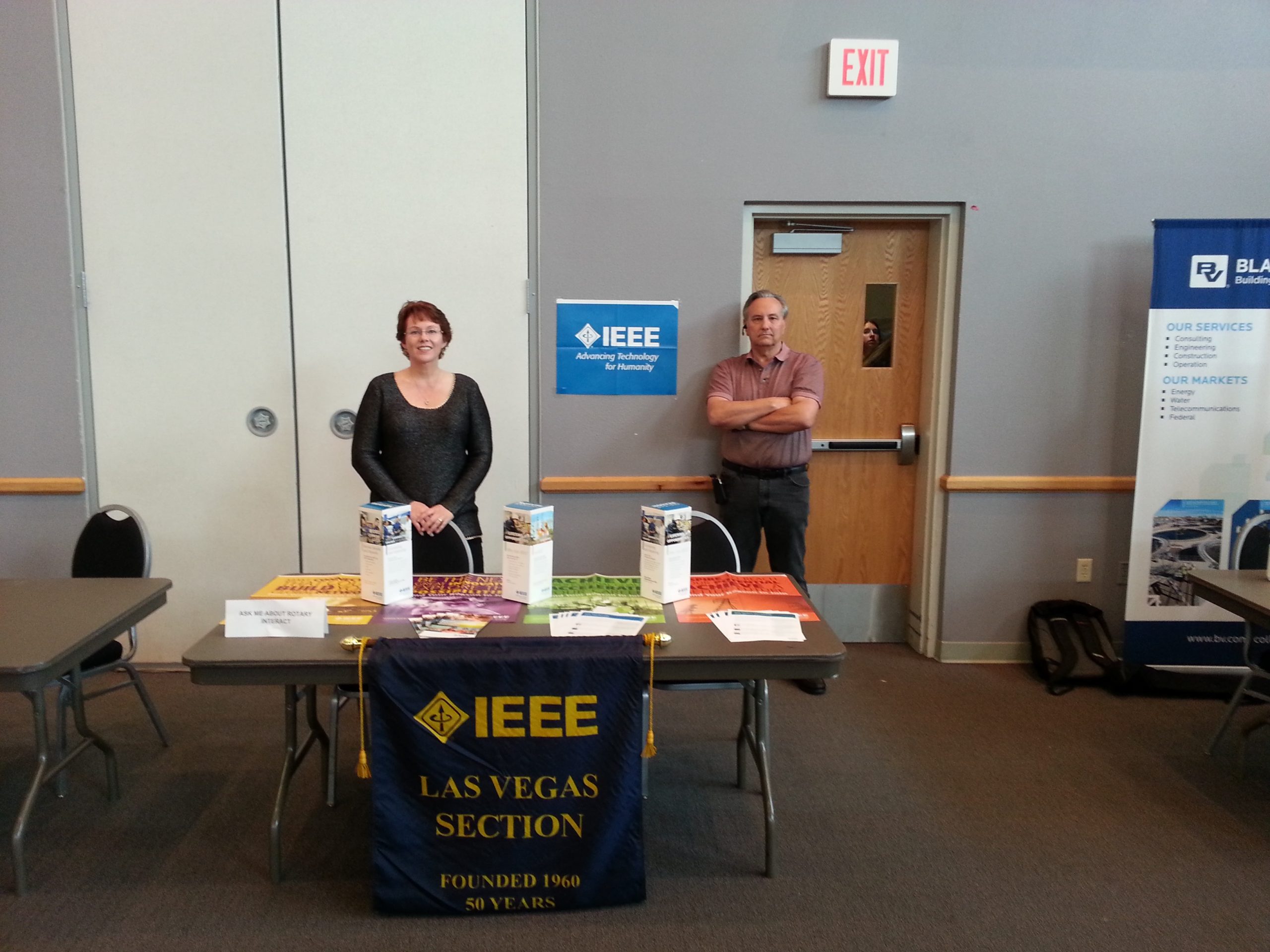Changes in the National Electrical Code do not happen in bold strokes, neither do they happen without building a consensus among many stakeholders. After twelve years proposing that aluminum wiring as a conducting material receive bright line permission in the Chapter One of the NEC (instead of having it buried in the wiring tables of Chapter Three) — Mike Anthony’s proposal to add the word “or aluminum” (as an appropriate electrical conducting material) to this section of the NEC was approved and now stands as an option for electrical engineers and contractors. The result:
Ω The feeder building premise power chain can cost 2/3rd less — because aluminum wiring is 1/3rd the cost of copper wiring
Ω “Swing feeders” on a large campus style medium voltage power grid can be built more economically; thereby increasing the reliability of an appropriately designed and operated power grid.
Christel Hunter explains a significant change in the 2017 National Electrical Code (NEC). Getting two words changed in Section 110.5 of the NEC may not seem to be as disruptive a concept as it really is. For the emergent #SmartCampus, use of aluminum wiring — especially for lengthy medium voltage feeders — presents the possibility of more economically feasible backup feeders which, in the case of university-affiliated medical research and healthcare delivery enterprises, can be worth millions of dollars per minute when forced outage restoration times are reduced. with the energization of a “backup swing feeder”.
Aluminum wiring — when installed according to specification — reduces the material cost of building premise wiring by 2/3rd’s.
Issue: [11-28]
Category: Electrical
Colleagues: Mike Anthony, Jim Harvey, Richard Robben
Aluminum wiring costs 2/3rds less and is about half the weight of copper wiring. Aluminum wiring does require a larger cross sectional area — and sometimes larger raceway — for the same ampere “throughput” as copper wiring.











